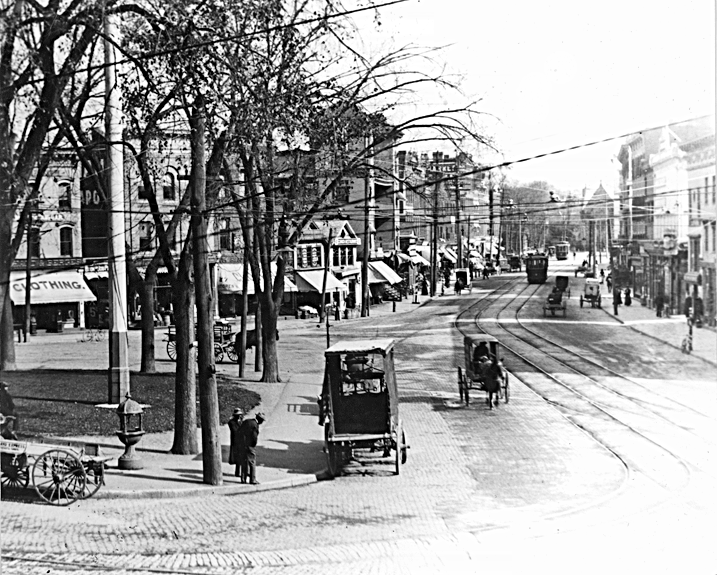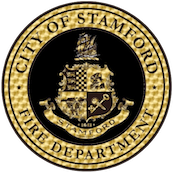Share This Story, Choose Your Platform!
From its founding in 1641 until almost midway into the 19th century, fire protection for Stamford consisted of citizens forming bucket brigades to supply water for fire suppression.
The fire service really began to organize on August 11, 1844, when at a meeting of the freemen, it was “resolved that the Borough will purchase two fire engines with hose, hooks, ladders, etc., as the necessity of the Borough may require.” A tax of 10 mills on the dollar was levied to defray this expense, but only one engine was purchased.
In December 1844 the Rippowam Fire Engine Company No. 1 was formed with Sands Seeley as foreman. The engine purchased was put in his charge and an engine house was erected in the rear of the Town Hall. This became Rippowam’s headquarters.
Fire Engine Company No. 2 was chartered in 1845. This company was housed on Gay Street. In later years Company No. 2 became the Gulf Stream Company No. 2 and was supplemented by No. 2 Hose Company.
Later, with the introduction of a piped water supply, these hand pumpers fell into disuse. Rippowam became the Atlantic Coast Company, housed on Advocate Place. The Relief Hook & Ladder Company, located on Broad Street, was part of the Volunteer Fire Department for two decades.
On September 19, 1882, the Borough freemen resolved to purchase a steam fire engine, after the disastrous Presbyterian Church fire on August 7, when they observed how well a steamer from Norwalk performed. Radical changes were begun in 1885 which gradually resulted in the abolition of the volunteer system. The number of men was reduced and the Fire Department was placed under control of the Board of Warden and Burgesses, and Richard Bolster was appointed Chief Engineer. The whole Department was housed on Advocate Place, with the exception of Pacific Hose Company which stayed in South Stamford.
The Stamford Fire Department was actually organized in 1885, from the several volunteer companies, to a part paid and part call force. By that time it was housed in the fire station on Luther Street. Between 1904 and 1909 there was a gradual elimination of the call fireman system.
 The Look of Stamford a Century Ago
The Look of Stamford a Century Ago
East Main Street from Atlantic Square, 1909
The burning of the Town Hall in 1904, together with another serious fire later in the same year, revealed a lack of equipment and serious defects with the apparatus and system in use. Two more fire stations were built in 1909 and the introduction of motor apparatus came in 1910. A new Central Fire Station on Main Street was completed in 1915, and in this year the Department became fully motorized.
From these humble beginnings the Stamford Fire Department has grown and progressed to become the modern, efficient and up-to-date Department that serves the City of Stamford today.
As part of the record keeping system of most large paid fire departments, log books are kept and maintained at a watch desk located on the apparatus room floor or in a glass enclosed office just off the floor. These watch desks are manned 24 hours a day by a fireman who logs in various types of information.
The Stamford Historical Society is grateful to have acquired these items from the Stamford Fire Department in 1977.
By: Robert D. Towne
Stamford Historical Society 1996
Stamford Hostorical Society
(http://www.stamfordhistory.org)

